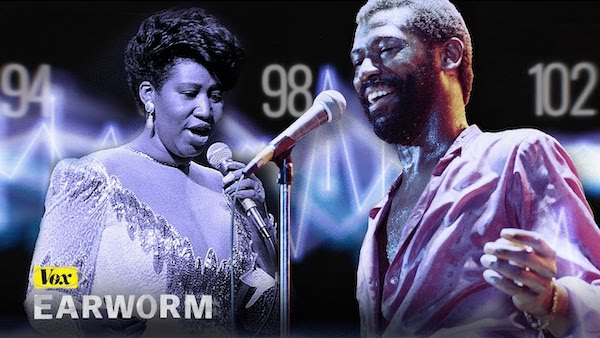Quiet Storm: How 1970s R&B changed late-night radio

Vox’s YouTube series Earworm returns for a second season. This first episode brings back memories: Late nights recording songs on the radio, trying to finally get a pristine copy of “Secret Garden”, finger hovering over the pause button before it starts to fade out… only to have the DJ start talking all over the song at that very moment.
Vox producer Estelle Caswell:
Something changed one summer night in 1976. An intern named Melvin Lindsey who was a communication major at Howard was tapped to fill in for an absent host. He was covering the 7 pm to midnight time slot right after the Daily Drum, their popular news show. That night, he ushered in a totally new style of Black radio, one that was intimate and personal.
How Keith Ellison Led the Prosecution of Chauvin
Tim Arango, writing for The New York Times:
Once, in the lead-up to the trial, Mr. Ellison invited the mother of Eric Garner, who was killed in 2014 by a New York police officer who was never charged, to join the prosecution team’s daily meeting. Her presence, Mr. Katyal said, highlighted how Mr. Ellison saw the Chauvin case as not merely about the death of Mr. Floyd, but also as an effort to achieve a measure of justice for all the Black families who have lost loved ones to police violence but never saw a courtroom.
“It was so spellbinding to listen to her and say you’re giving me something my son and me never got, a day in court,” Mr. Katyal said.
Ellison knows this is just the beginning.
“I would not call today’s verdict justice, however,” Mr. Ellison said. “Because justice implies there is restoration. But it is accountability, which is the first step toward justice.”
Soul City: A Utopia For Black Capitalism
NPR’s Code Switch:
In the late 1960s, a man named Floyd McKissick began building his dream: a brand-new community in rural North Carolina, on a plot of land a third of the size of Manhattan — complete with factories, an airport, a bustling city center and tens of thousands of residents living in Brady Bunch-esque houses. The twist? It would be be built by Black business and enterprise: a capital for Black capitalism, as the New Yorker called it.
The project may never have gotten off the ground if not for the support of, of all people, Richard Nixon.
What ‘Minnesota Nice’ Sweeps Under the Rug
David Lawrence Grant, in an opinion piece for the Times:
The home of “Minnesota nice” — that deeply rooted stereotype about our state’s cult of politeness — would love to believe that there’s no substantial toehold for white supremacy here. But the stereotype has always been about the maintenance of a superficial kind of civic politeness, about preserving the appearance of peace and only the best of intentions.
It’s a culture bent toward sweeping nagging, uncomfortable issues under the rug. This, paired with the blind spots that encourage us to think we’re doing better than we are, has lulled many Minnesotans to sleep, the resulting complacency having helped lead to some of the worst racial disparities in the nation.
Grant’s letter is one of three regarding racism in Minnesota. The two others are well worth a read.
Has the Black Lives Matter Movement Changed Hollywood’s Approach to Inclusivity?
Eni Subair for Vogue:
“[Black people] deserve to tell our tales and experiences no longer behind the lens of white narratives, but showing a full spectrum of nuance and humanity—joy, love, grief and anger without limitation.”
Neil deGrasse Tyson Thinks Science Can Reign Supreme Again
David Marchese interviews Dr. Tyson for the Times:
The missing link is curiosity. Without curiosity you’re no longer probing for what is true. If someone says, “I saw Bigfoot the other day,” there are people who say, “Yeah, that’s great!” And people who say, “No, you’re full of [expletive]” — both of those responses require no brain work. What is the brain work I would like to see more of? It’s: Tell me more. When did you see this? Where did you see it? Did you find other evidence? You start probing. It’s the absence of curiosity that concerns me.
Elaborately Constructed LEGO Universes by Artist Ekow Nimako Envision an Afrofuturistic World

This is the coolest thing ever.
Never Too Much
Here’s that lovely Google doodle celebrating Luther’s 70th birthday.
Thanks for reading. See you next week.
